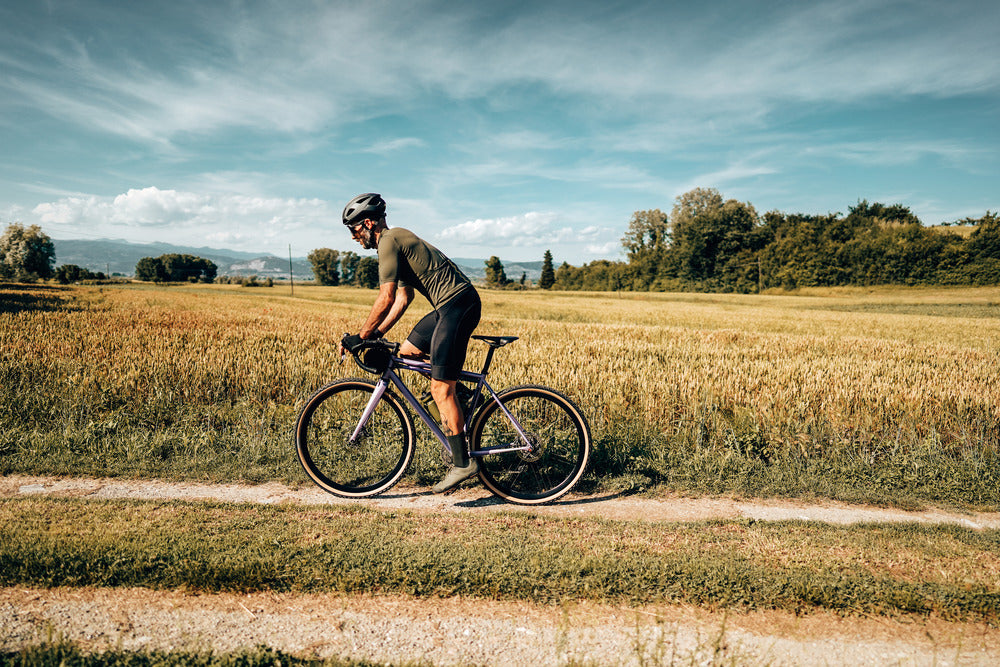How to choose a second-hand bike

The second-hand bike market provides a wealth of opportunity when it comes to finding a bargain.
It offers you the chance to buy a premium bike stacked full of high-quality components, for the same price as a new entry-level model.
However, navigating the second-hand market can be daunting at first and whether you are an experienced cyclist or are new to two wheels, there are plenty of decisions to make when selecting your new bike.
At MyNextBike we are experts on all things second-hand cycling, so here are our top tips to consider to make sure you get the best bike (and bargain) for you…
What type of bike do you want?
If you are new to cycling you may not be aware of the variety of different bikes on offer, so the best way to work out what type is best for you is to think about how you are going to use it. Some questions to ask yourself include:
- Will you commute using this bike?
- Do you want to use it for touring?
- Will you be riding it off-road?
- Is it going to be used on mountainous or uneven terrain?
- Is it for road racing?
- Do you want gears?
- Do you want electric assistance?
Once you have worked out exactly how you plan to use the bike, you will have a far better idea of what type of bike will suit you best. This will provide the platform for the rest of your search.
What questions should I ask?
On the second-hand market you have the benefit of buying from other cyclists, so make the most of this!
Ask sellers how they have used the bike and what sort of rides or trips have they done on it. This will not only help to build a rapport, but may also help you to work out whether this bike is suitable for you. You can also ask a seller about a bike’s service history and previous owners.
Also, if it is a top of the range bike and the seller doesn’t seem to have any knowledge of cycling, these questions may help to reveal whether a bike is stolen. If you want to find out more about how to avoid buying a stolen bike on the second-hand market, check out our guide here.
What size is right for me?
Every manufacturer creates bikes with slightly different geometries, meaning one brand might be a marginally different size to another. It is important to bear this in mind when buying second-hand, and one of the easiest ways to check this is by taking a few measurements.
There are numerous calculator’s online that will work out the optimum bike for you based on your height and other body measurements. You can then compare these results with manufacturer’s websites to confirm whether a bike is the right size for you.

Is the bike in good condition?
Just because you are buying second-hand, it doesn’t mean that you should settle for a bike that’s in poor condition. In fact, many bikes on the second-hand market are very well-maintained – you only have to see how meticulously clean club riders keep their bikes to prove this.
Most adverts online should have a lot of photos, including closeups of key components like the drivetrain, forks and brakes. If photos show that these are clean and well-maintained then that’s a good sign that the bike has been properly looked after.
Research the bike’s original specifications
Many second-hand bikes will be unchanged from their factory specifications, however it is not uncommon for cyclists to personalise and upgrade a bike to their own tastes. If you like the look of a second-hand bike online, it may make sense to find its original specifications on the manufacturer's website so you can check whether anything has changed. In most instances changes will be upgrades, but it is important to know this before buying.
At MyNextBike we use our manufacturer database to show the specifications of each bike. We also ask sellers to highlight any upgrades or changes to components, meaning buyers know exactly what they are purchasing.
Reviews
Have you found two bikes you like but you can’t choose between them? Reviews can be an invaluable tool to help you make a decision.
Cycling websites and magazines review hundreds of bikes each year and these expert reviews provide insight into the strengths and weaknesses of each bike, particularly those released by major brands. Add to this a wealth of reviews on cycling forums from amateur riders up and down the country, and you can be sure that you are making the most informed decision when it comes to your new bike.






